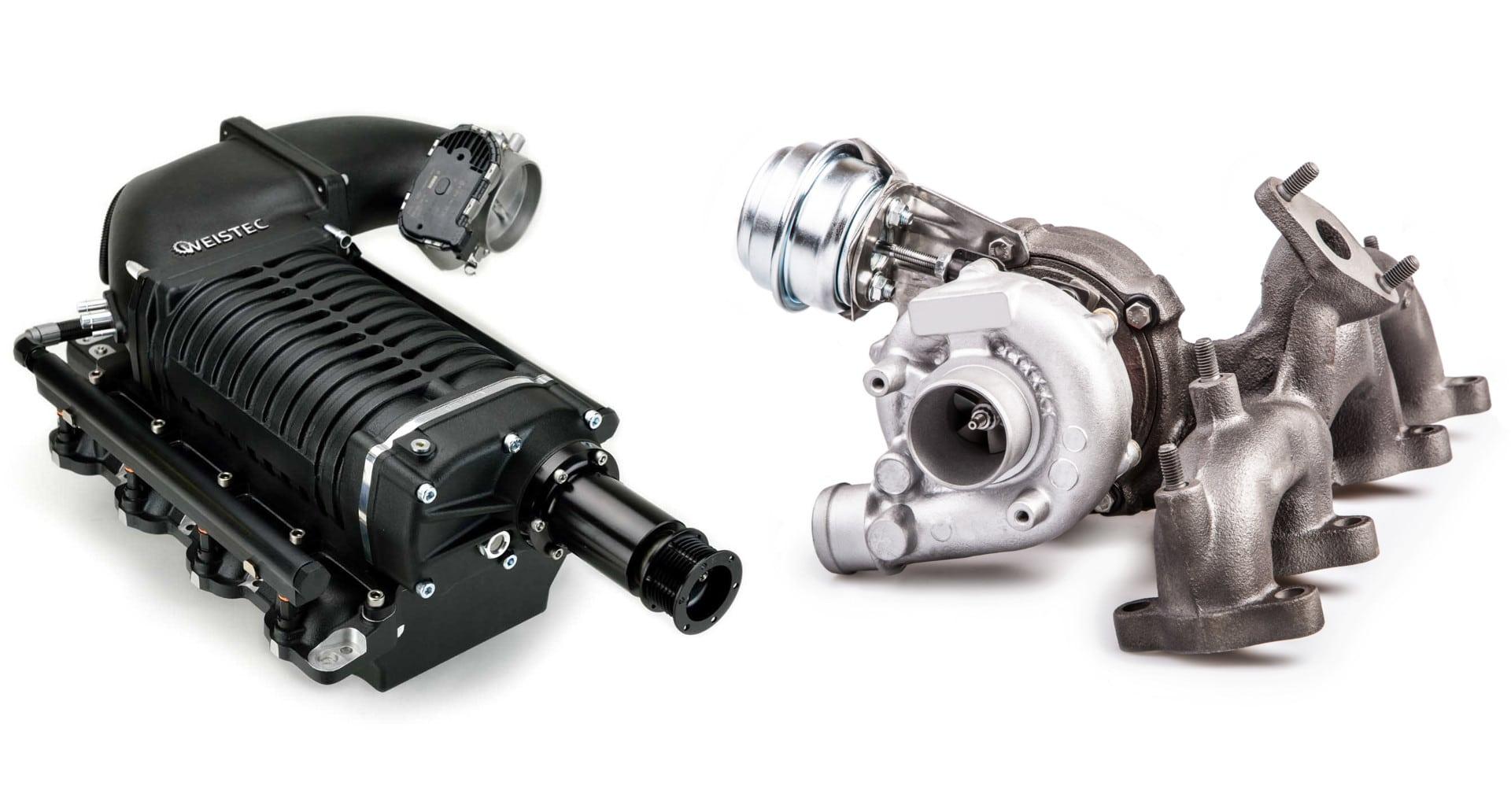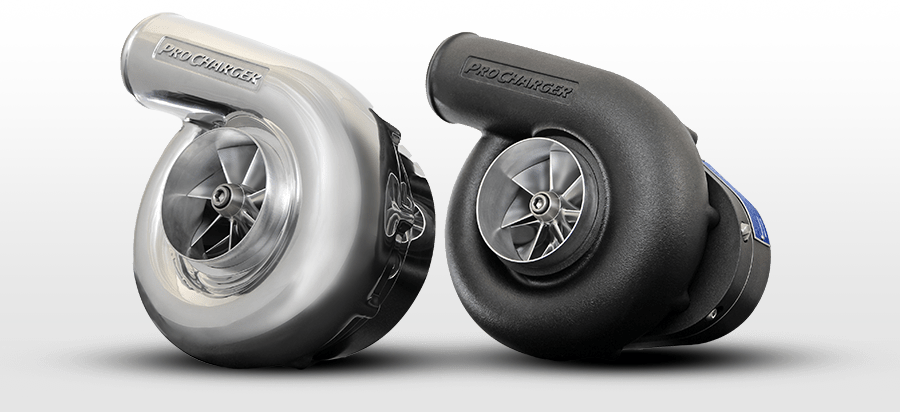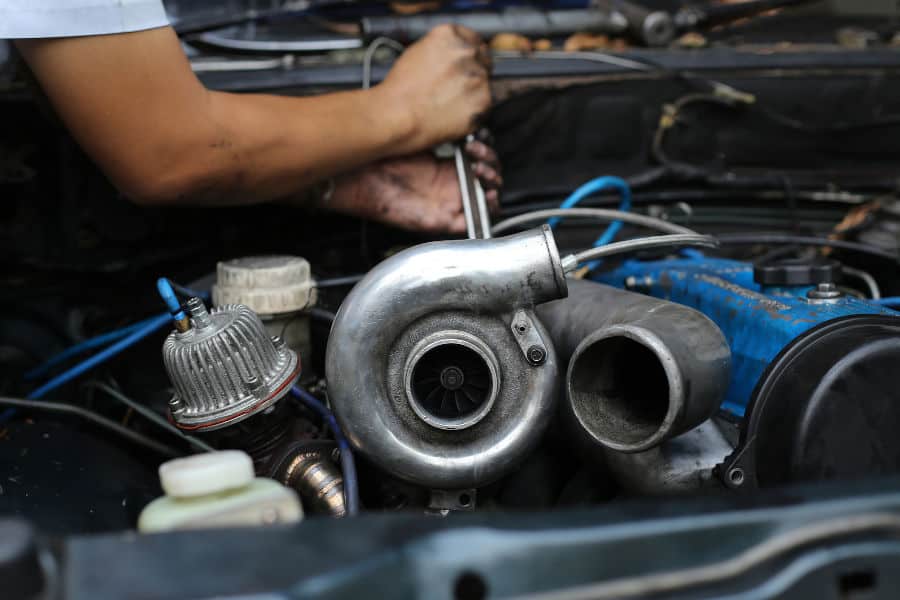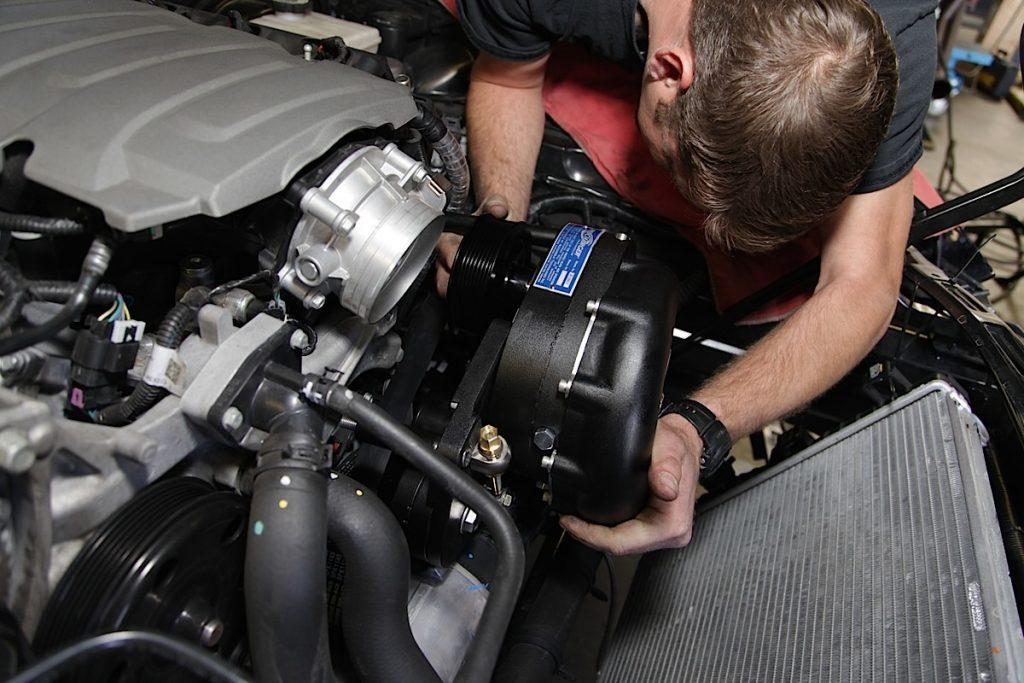Procharger vs Turbo: A Comprehensive Comparison
By Sebastian Orellana
Updated Feb 18, 2024

The debate between prochargers and turbos rages on. Which is better? Which is more powerful? Which is the better choice for your vehicle? In this paper, we’ll explore the differences between prochargers and turbos and provide the information you need to make an informed decision.
Table of Contents

READ: Everything You Need to Know About LS Turbo Camshafts
Overview of Prochargers and Turbos

A procharger is a forced induction device that uses a centrifugal compressor to boost pressure. A belt-driven supercharger drives the centrifugal compressor. On the other hand, a turbocharger is a type of forced induction device that uses an exhaust-driven turbine to create boost pressure.
Both are used to increase an engine's power, but each has its unique advantages and disadvantages.
Advantages of Prochargers
Prochargers are typically more affordable than turbos. They also offer a smoother power delivery than turbos and are less prone to compressor surges. Additionally, prochargers are easier to install than turbos, as they require fewer components.
Disadvantages of Prochargers
One of the main disadvantages of prochargers is that they are less efficient than turbos. This means they require more power to create the same boost pressure. Additionally, prochargers are less reliable than turbos, as they can suffer from belt wear and slippage over time.
Advantages of Turbos
Turbos are more efficient than prochargers, requiring less power to create the same boost pressure. Turbos are more reliable than prochargers as they are not prone to the same belt wear and slippage. Finally, turbos can generate more boost pressure than prochargers, making them the better choice for high-performance applications.
Disadvantages of Turbos
The main disadvantage of turbos is that they are more expensive than prochargers. Additionally, turbos can suffer from turbo lag, which is the delay between when the throttle is opened and when the turbo starts to generate boost pressure. Finally, turbos require more components than prochargers, making installing them more challenging.
Procharger vs. Turbo: Which is Better?

The answer to this question depends on various factors, including the power requirements of the engine, the budget available, and the desired power delivery.
For example, if you are looking for a reliable and affordable solution, then a procharger may be the better choice. However, a turbo may be the better option if you want maximum power and efficiency.
Common Misconceptions about Prochargers and Turbos
There are several misconceptions about prochargers and turbos. One of the most common misconceptions is that prochargers are less potent than turbos. However, this is not true, as both types of forced induction devices can generate the same amount of power.
Another misconception is that turbos are more reliable than prochargers. While turbos may be more reliable, prochargers can also be loyal if they are correctly maintained.
Procharger vs Turbo: How to Know Which One Is Better for You

The decision between a procharger and a turbo can be overwhelming. With so many options to consider, it’s essential to understand their differences and how they can affect your vehicle’s performance.
READ: Chevrolet L8T Crate Engine Overview
Installation and Maintenance
Installation and maintenance are two of the most important factors when deciding between a procharger and a turbo. Prochargers are generally much easier to install and maintain and can typically be done by most experienced mechanics. Conversely, Turbos require more complex installation and maintenance and should only be done by professional mechanics.
Cost
The cost of prochargers and turbos can vary greatly depending on the make and model of the vehicle, as well as the type of performance you are looking for. Prochargers are typically cheaper to purchase but can be more expensive in the long run due to the increased maintenance requirements. Conversely, Turbos are more expensive to purchase but can provide more significant performance gains in the long run.
Performance
The performance of a procharger and a turbo will depend on the type of vehicle and the type of performance you are looking for. Prochargers can provide significant performance gains relatively quickly but may not be as efficient as turbos. On the other hand, Turbos can provide even more powerful performance gains but may require more maintenance to keep them running at their peak performance.
Durability
Durability is another factor to consider when deciding between a procharger and a turbo. Prochargers are typically more durable than turbos, as they are less complex and require less maintenance. On the other hand, Turbos are more complex and need more care to keep them running at their peak performance.
READ: How to Choose the Best LS Truck Cam for Your Vehicle
Conclusion
The debate between prochargers and turbos has been going on for many years. Both types of forced induction devices have unique advantages and disadvantages; it is up to the individual to decide the best option for their vehicle.
Choosing the right option between a procharger and a turbo is a personal decision that should be based on various factors, including cost, performance, installation, and maintenance. When deciding between the two, it’s essential to consider the advantages and disadvantages of each and determine which is best for you and your vehicle. By understanding the differences between prochargers and turbos, you can make an informed decision that will provide the best performance for your vehicle.
